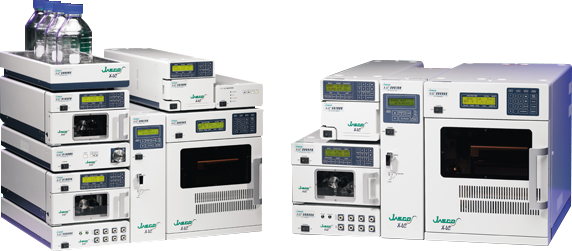Ultra high-speed analysis of free fatty acids in vegetable oil using ADAM derivatization by UHPLC

In fatty acid analysis, UV detection at a short wavelength, refractive index detection and evaporative light scattering detection (ELSD) are generally. However, in trace analysis, a derivatization method is preferred because it offers much higher sensitivity. There are several derivatization methods for the detection of free fatty acids that require either UV or fluorescence detection. Among them, 9-Anthryldiazomethane (ADAM) is most commonly used because it reacts with fatty acids easily at room temperature and enables highly sensitive and selective analysis.
Here, the separation and fluorescence detection of free fatty acids in vegetable oil are demonstrated using ADAM derivatization by Ultra High-performance Liquid Chromatography (UHPLC).
